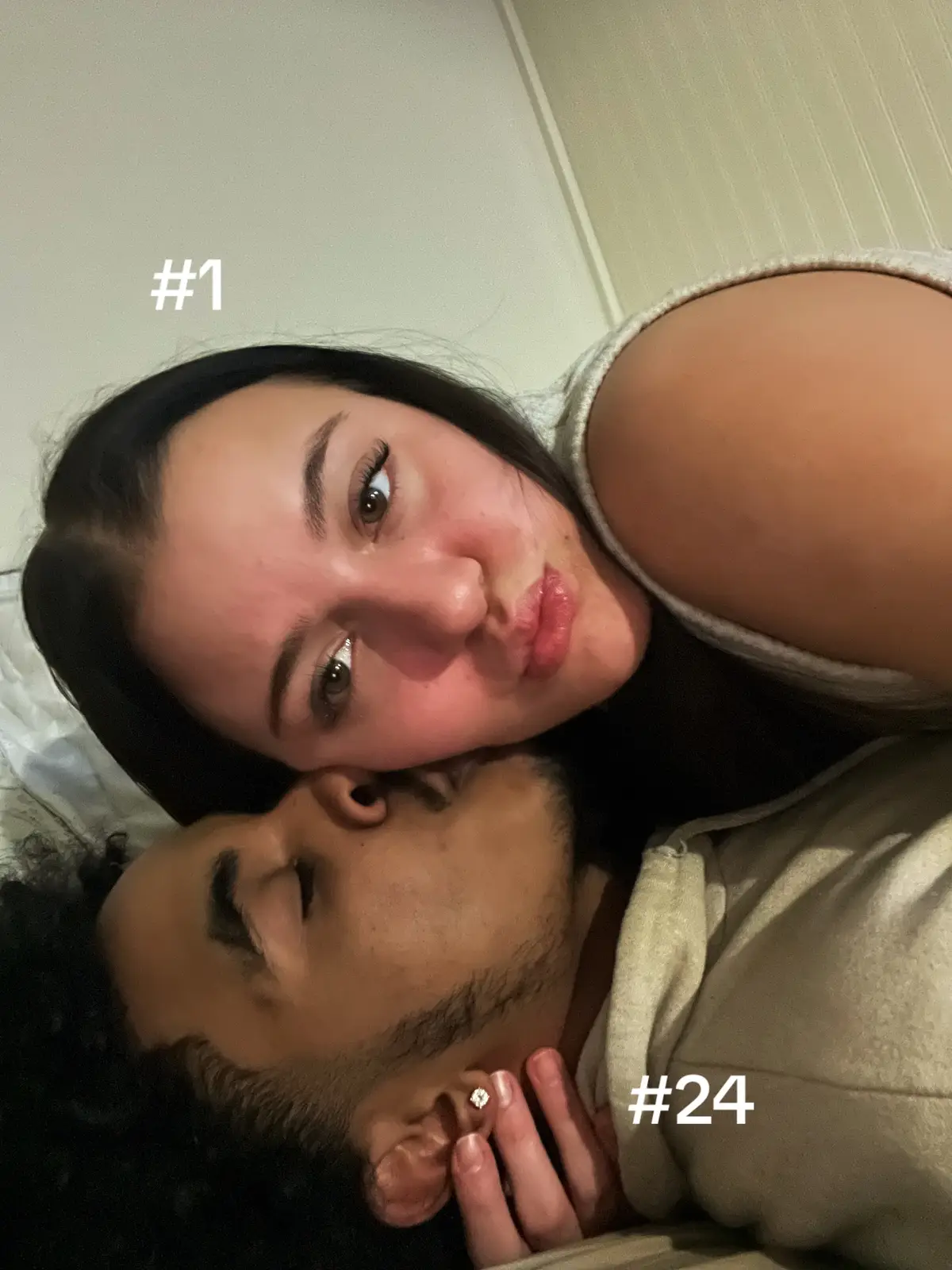Lonche en Kick
Region: HN
Sunday 12 October 2025 07:22:31 GMT
548532
79173
79
12533
Music
Download
Comments
Land :
Porque acabo de seguir a mi ex y me aparecen puros videos así tik tok sabe mucho
2025-10-12 12:26:02
404
esanoporquelloro :
Alguien dolido? o solo soy yo? :(
2025-10-12 22:02:03
138
️Xyeremy ⚡️ :
El que comparte por todos?
2025-10-13 02:54:58
21
AlexTheLittleLion :
😞 les mande mensaje y no me contestaron
2025-10-12 18:56:36
81
Ariel :
Aprovechen cada momento porque nunca saben cuando será el último.
2025-10-13 01:33:13
9
pedro.guzman.703 :
yo le iva ha mandar mensaje todavia y yame avia bloqueado 😢😢
2025-10-13 04:59:15
8
lucas trader :
Yo lo termine, y la neta si la estrano de vez en cuando
2025-10-12 21:19:37
8
Ronald Pb :
X2 ggs nos fuimos
2025-10-12 07:28:33
20
. :
hagan un edit donde diga cuando la señora que me está leyendo las cartas me dice que ya la dejé ir
2025-10-14 00:12:15
3
Nelcruz :
La última vez nos vimos en un restaurante Yo con amigos y ella con su familia estábamos frente a frente y la despedida fué quedarnos viendo con ojos de tristeza,ahora ella sigue con su vida y una relación yo sigo soltero después de 3 años, aún no siento ser capaz de estar con alguien mas😔
2025-10-15 11:33:58
1
Gabby :
y si
2025-10-12 22:07:54
2
mrv :
Justo Ahorita se acabo todo ✌️🙁
2025-10-14 02:04:08
1
Benja🌵 :
La última vez que le hable en persona, diciembre 2024 ...... 💔
2025-10-13 17:30:46
1
mari 🫧 :
Realllll
2025-10-13 00:29:01
1
eco_boy2.3 :
Pero Esa no junior😢😢
2025-10-15 05:08:40
0
Anthony :
Así pasa 🙁
2025-10-14 13:55:30
0
Meli vega :
Ojalá que este sea el
2025-10-14 06:44:13
0
ℑ𝔠𝔢 :
Chales
2025-10-14 05:37:42
0
Heysoylayon :
Cha…
2025-10-14 04:07:54
0
🌬𝓡𝓸𝓼𝓪𝓻𝓲𝓸🪐✨️ :
tal cual
2025-10-14 03:23:26
0
Hormiga :
neta
2025-10-14 02:57:24
0
🍞 andrea🍞 :
no no no no me niegoNOONOnONONOooOOooo
2025-10-13 18:32:50
0
🏎️ _Raelo_💠 :
Esoo duele😔💯🌹💀
2025-10-13 18:11:02
0
Cristobal Bautista :
yo si sabía 😞
2025-10-13 03:05:34
0
To see more videos from user @lonche_kickk, please go to the Tikwm
homepage.





